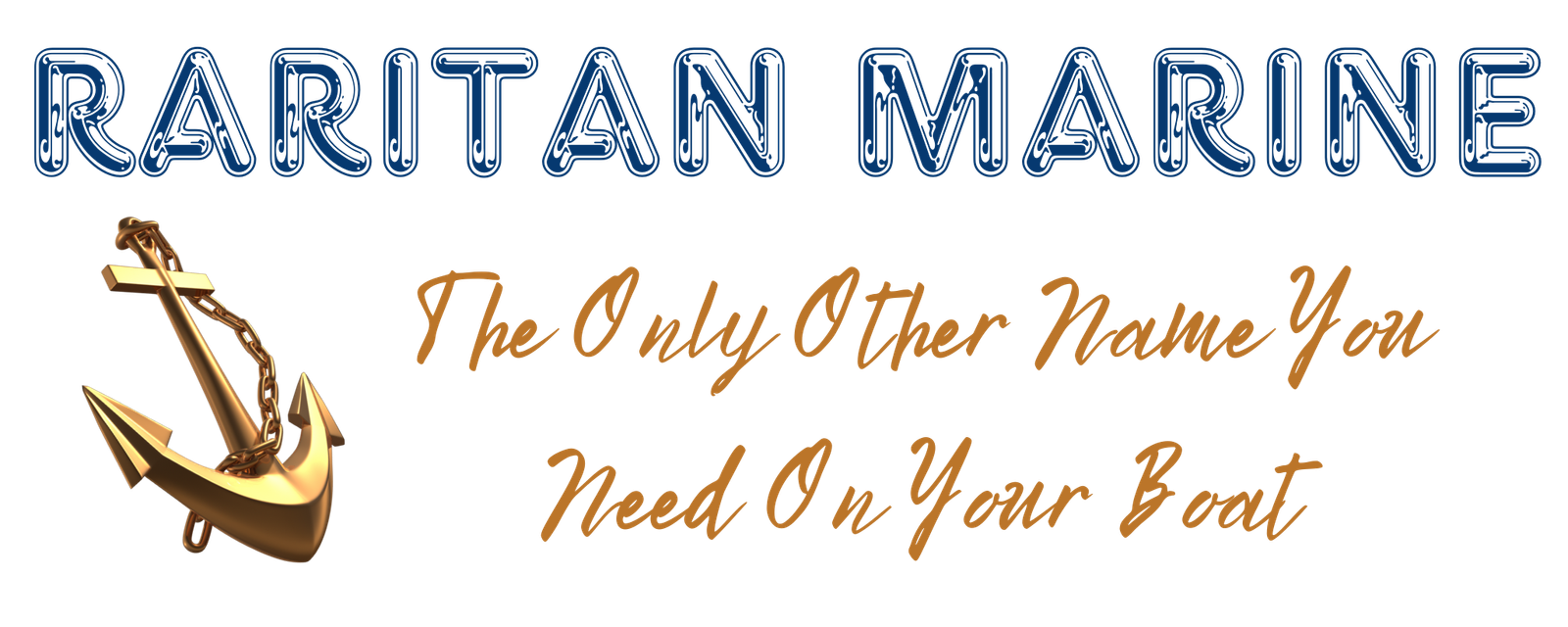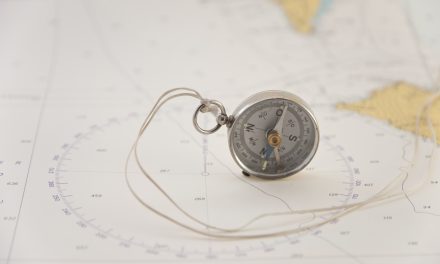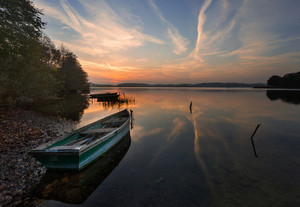Are you ready for your first sailing adventure? Sailing can be an exhilarating and rewarding experience, but it’s also important to make sure that you have all of the necessary knowledge and equipment before setting out on the high seas. In this guide, we will cover everything you need to know about navigating your first voyage, from choosing the right boat and equipment to staying safe on board.
Introduction to Sailing: What You Need to Know
If you’re new to sailing, there are a few key concepts that you should familiarize yourself with before embarking on your first voyage. One of the most important things to understand is how wind works when it comes to sailing. Wind is what propels the boat forward, so understanding its direction and strength is crucial for navigation. Additionally, you’ll want to become acquainted with basic nautical terminology such as port (left), starboard (right), bow (front) and stern (back). It’s also essential to learn about the different parts of a boat, including the mast, rudder, keel, and sails.
Choosing the Right Boat and Equipment for Your Voyage
When selecting a boat for your first sailing trip, consider factors like size, weight, and maneuverability. A smaller boat may be easier to handle, while a larger one may offer more space and stability. Similarly, you’ll want to choose the appropriate gear based on your destination and expected weather conditions. Some essentials include life jackets, flares, a VHF radio, and a GPS device.
Navigating the High Seas: Tips and Tricks for Staying on Course
Once you’ve gotten underway, it’s critical to keep track of your location and ensure that you’re heading in the right direction. To do this, you’ll need to use a combination of visual cues, such as landmarks or buoys, along with instruments like compasses and charts. You’ll also want to pay attention to changes in wind speed and direction, which can affect your course. Remember to always plan ahead and anticipate potential obstacles or hazards.
Safety First! Essential Precautions for a Safe Sailing Adventure
Finally, safety should always be at the forefront of your mind when sailing. Make sure to follow best practices for maintaining balance and stability on board, avoiding collisions, and handling emergencies. This includes being prepared for situations like capsizing, taking regular breaks to rest and recharge, and having a clear communication system in place among crew members. By following these guidelines, you can help ensure that your first sailing expedition is both enjoyable and safe.






